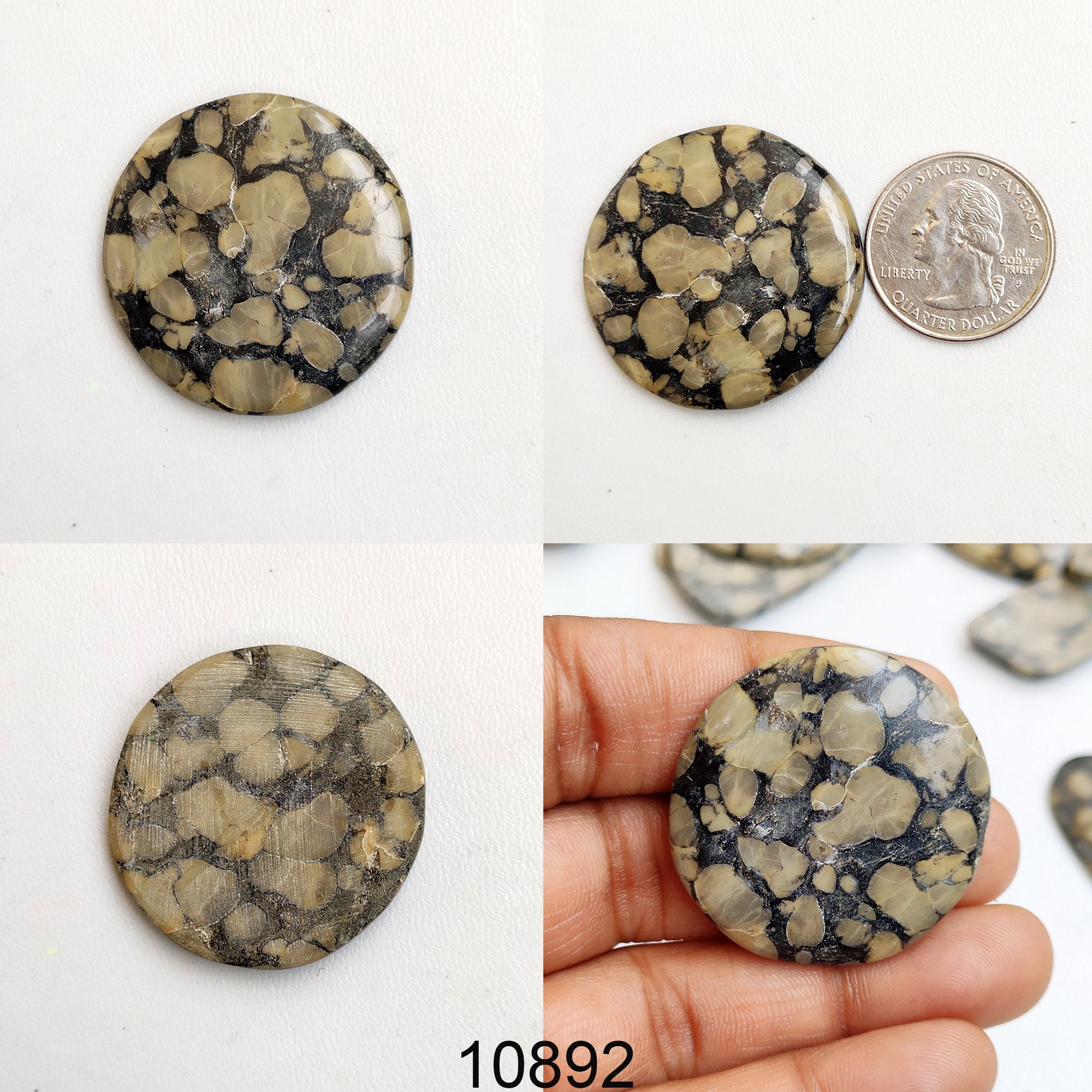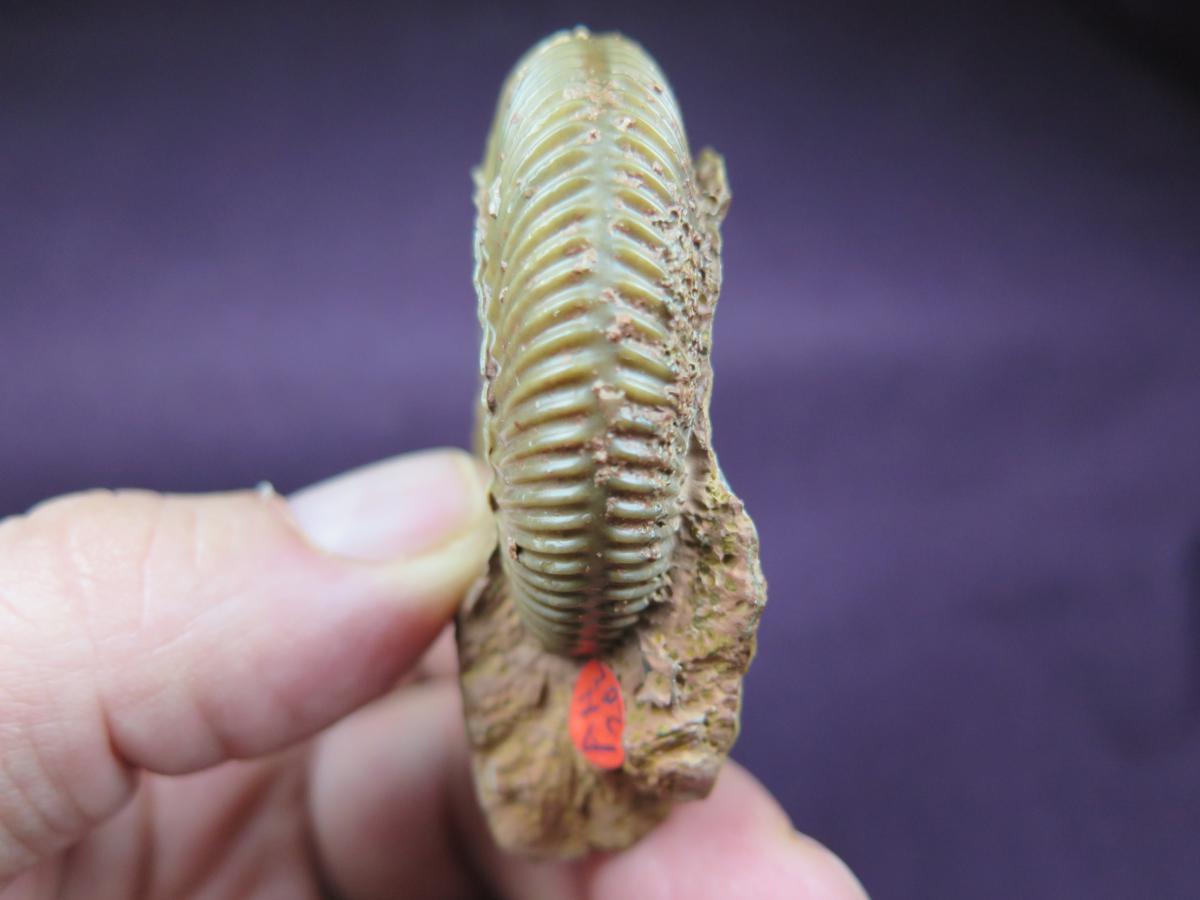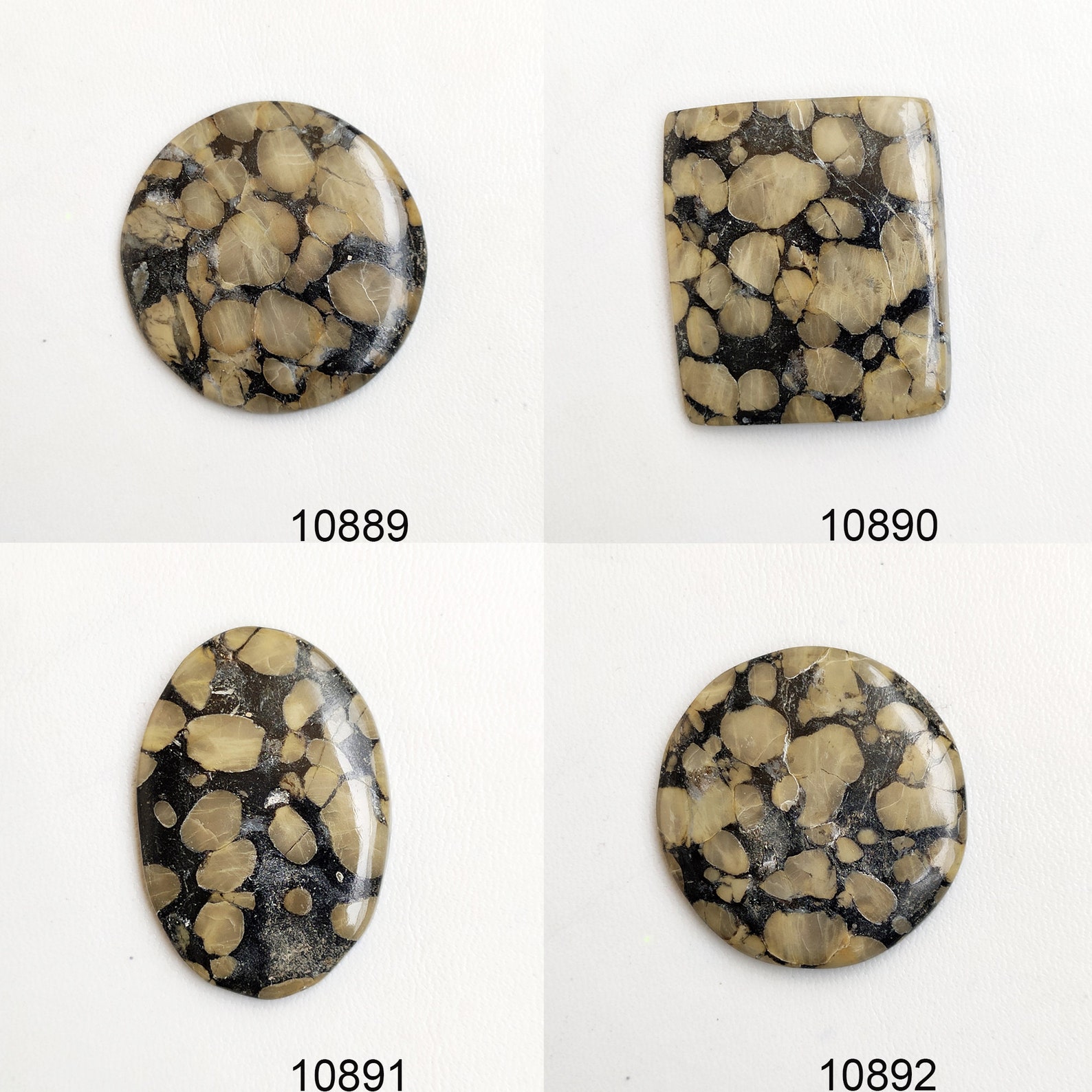

(4) In the Early Triassic, the relict community in shallow sea had very low diversity and low abundance, and was dominated by crinoids, gastropods, and bivalves. The type section originally assigned for the Hamburg oolite (Glen Park) is a section along the.

The succession of the three communities reflected the change in environmental conditions from dysoxic to anoxic and again to dysoxic. Ooids may be spherical but some are elongated, depending on the shape of nucleus.

Ooids usually possess a clearly developed growth banding. The terms oolite and ooid are derived from the Greek word for fish roe ( oon) which ooids resemble 4. (3) The first aftermath community was dominated by specialized microgastropods, followed by the microbes, and then by the specialized microgastropods and small brachiopods. Oolite forms when ooids like this get cemented together. The mass extinction was probably related to the global sea-level drop. Phases of relative sea- level rise in times of carbonate production in the coral-oolite mode are named constructive, because of the observed platform regeneration following. (2) The Calcareous green algae-foraminifer-crinoid Community replaced reef community and continued till the mass extinction. Transitions from the coral-oolite mode to the crinoid-bryozoan mode and consequently to platform drowning may have been driven by increases in nutrient levels on the shelf. Although crinoids have the appearance of plants and are sometimes called ‘sea lilies’ they are in fact invertebrates, being related to sea urchins and starfish. The results show that: (1) Changhsingian calcisponge reefs in South China generally vanished before the mass extinction and may be related to the large regression in the Late Permian. The most famous of these is a crinoid Apiocrinus. The community replacement sequence in the Panlongdong section is similar to that in other contemporaneous sections in reef areas of South China, indicating universal palaeoenvironmental changes during the Permian-Triassic transition. By using community replacement and palaeoenvironmental analysis, for the first time, we set the P-T boundary of the Panlongdong section at the middle of the calcimicrobialite containing cystic microbes. They are Bryozoan- Archaeolithoporella -calcisponge Community, Calcareous green algae-foraminifer-crinoid Community, Microgastropod-foraminifer Community, Ostracod-microgastropod-cystic microbe Community, Ostracod-small brachiopod Community, and Non-calcified cyanobacteria Community. This study, for the first time, recognized six communities in the Upper Permian Changhsingian Changxing Formation through the Lower Triassic Induan Feixianguan Formation of the Panlongdong section. the occurrence of Middle Jurassic crinoid genera using bulk. Due to severe dolomitization and poor quality of the fossils, the P-T boundary in this section is difficult to determine. are abundant in very highenergy oolite shoal lithofacies. The well-known Permian Changhsingian calcisponge reef located at Panlongdong section, Xuanhan county, northeastern Sichuan Basin has attracted wide attention. Liu, LiJing Jiang, HongXia Wu, YaSheng Cai, ChunFang 'Chelynch' is a medium to coarse grained, moderately well sorted, granular bioclastic limestone with a matrix of crystalline calcite in which fossils (usually crinoid fragments) are present.Community replacement sequences and paleoenvironmental changes in reef areas of South China from Late Permian to Early Triassic exemplified by Panlongdong section in northeastern Sichuan Basin Community replacement sequences and paleoenvironmental changes in reef areas of South China from. Two beds are quarried: 'Fine' known as 'Brambleditch' from the quarries of the same name and used for interior work, and 'Chelynch', 'Grey' or 'Weather bed' a more coarse rock suitable for exterior construction (Watson 1911: 167). Earlier examples are richer in ooliths, but the stone extracted today is rarely oolitic. Brachiopods, crinoid fragments and foraminifera are prominent among the organic constituents. It is moderately well sorted with a rough feel. The limestone contains horizons of ooliths small rounded grains with a concentrically layered cross-section which grew by accretion of carbonate in shallow high-energy marine environments, and abraded crinoid ossicles derived from the Carboniferous Limestone. It becomes a pale grey colour and hardens on exposure.Ī medium grained, hard, bioclastic limestone with a crystalline calcitic matrix. A few metres of yellow-weathering, fossiliferous limestone represents the Middle Jurassic Inferior Oolite.


 0 kommentar(er)
0 kommentar(er)
